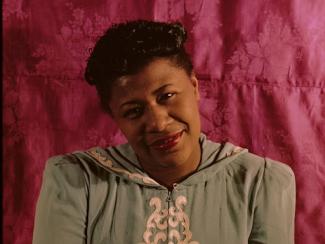
No matter what the state calls it, a youth prison is a youth prison. “Reformatories” incarcerated and tortured “ungovernable” girls, including 16-year-old Ella Fitzgerald. Girls were sent there for behavior, from disobeying their parents to engaging in sexual activity, consensually or not. But today, there is an alternative. It’s called the advocacy model.
The advocacy model doesn’t pretend to know what’s driving girls’ arrests; it asks the girls themselves what they need — and listens. According to Mother Jones, “girls courts” emerged in the early 2000s to redirect the conversation from “thinking about where girls have failed to thinking about where systems have failed girls.”
In Hawaii, women probation officers pair with girls, checking in regularly and helping with education, internships, therapy, and community building. New York college students take girls under their wings. The Bay Area’s Young Women’s Freedom Center has women under 25 mentor girls; arrests are down 85%.
Girls avoid incarceration and lead safer lives. And taxpayers save money. It can cost as much as $300,000 to incarcerate one child for a year. Programs designed for traumatized girls work for boys, too. And since 40% of court-identified girls are LGBTQ+, broadening programming could better support gender-non-conforming youth.
A century after Ella Fitzgerald was incarcerated, we have blueprints. We don’t have to keep incarcerating Black girls. How can we get resources to youth without incarcerating them first?